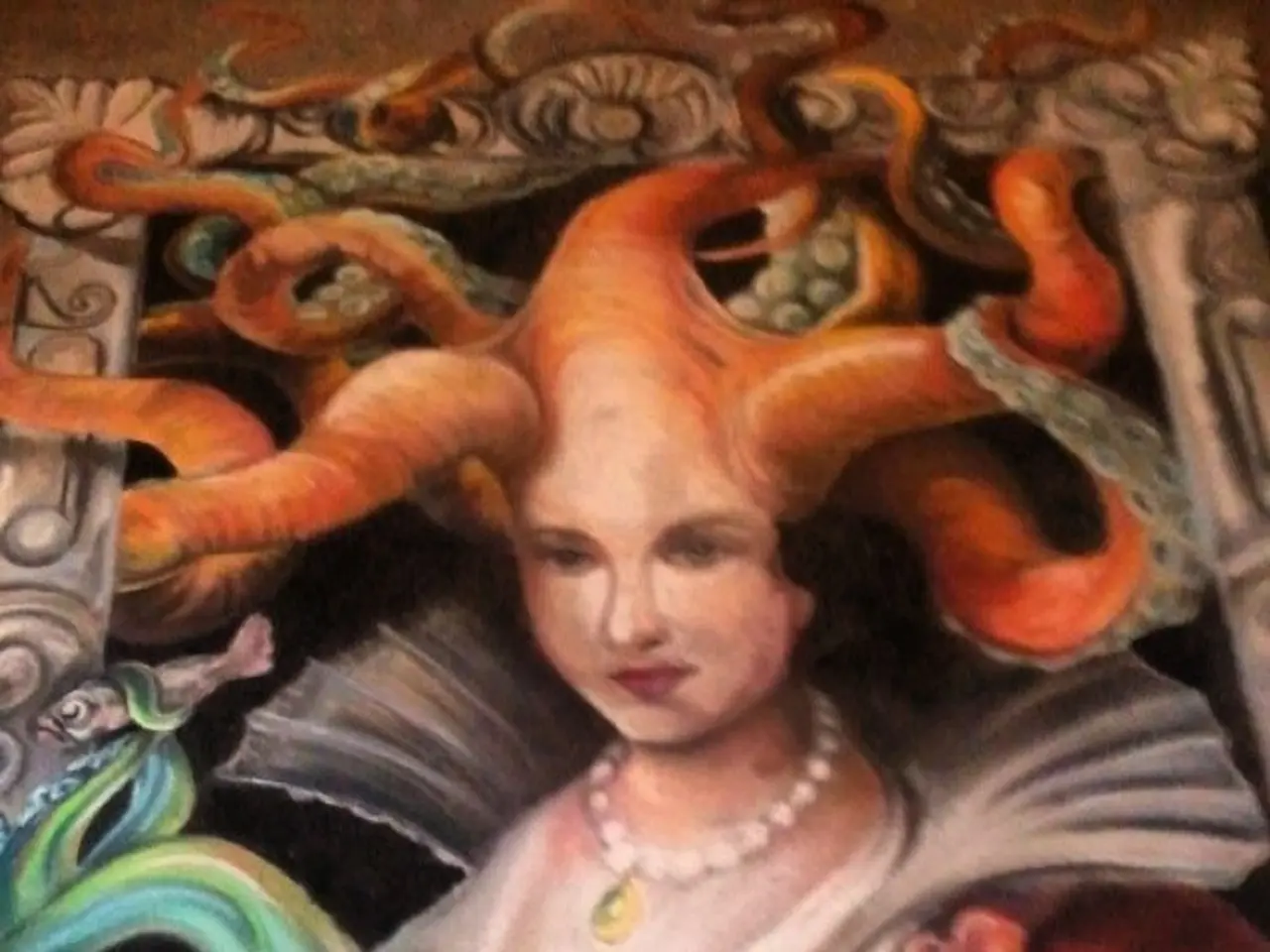Blending Acrylic Paint: Necessary Tools and Techniques for Artisans
=========================================================================
Discover the secrets to creating stunning acrylic paintings with these advanced blending techniques. From soft gradients to glowing effects, these methods will help you add depth and luminosity to your artwork.
Wet-on-Wet Blending
By applying fresh paint onto a still-wet layer, you can seamlessly merge colours, creating smooth gradients ideal for sunsets or shadows. This technique allows colours to blend naturally on the canvas, resulting in soft transitions and a sense of depth.
Glazing
Build up depth by layering thin, transparent coats of paint over fully dried layers. This enhances colour vibrancy and luminosity by letting light pass through the transparent layers and reflect back, giving the painting a glowing effect.
Layering
Gradually build multiple layers with variation in colour intensity and opacity. Combine opaque and transparent layers to create spatial depth and richness in tone. This can involve blending edges softly between layers for smooth gradation.
Dry Brushing
Use a mostly dry brush with minimal paint to create subtle textures like mist, fog, or soft atmospheric effects that add depth without heavy colour saturation.
Palette Knife Texturing
Applying thick paint with a palette knife and then blending or softening edges with brushes or fingers creates raised textures and contrast, enhancing dimensionality and light reflection.
Small Brush Detail Blending
Use fine brushes to blend small intricate areas with careful, gradual colour shifts and highlights to enhance dimensionality, making elements pop or recede realistically.
Combining Techniques
Strategically combine these techniques for maximum impact—for example, start with wet-on-wet techniques for broad gradients, then add glazes for luminosity and detailed dry brushing or palette knife texture for depth.
Tips for Success
- Engage with other artists and draw inspiration from their techniques to accelerate learning and enhance artistic skills.
- Seek out tutorials, videos, and classes on blending techniques to provide fresh ideas and inspire new approaches in your own work.
- Stay open to exploration and enjoy the process of blending.
- Regular practice is important for becoming comfortable with various techniques and gaining confidence in blending effectively in larger pieces.
- Keep a dedicated sketchbook for experiments with blending techniques to help improve your skills and track your progress over time.
- Mastering blending acrylic paint takes time, patience, and practice, so embrace the journey along the way.
Read also:
- Exploring the Advantages of Outdoor Group Meditation for Enhancing the Mind-Body Union
- Hidden beneath the appealing aesthetic of Consume Me's artwork lies a more ominous nature
- Elderly Competitor: 96-year-old Donald makes Countdown history as the oldest contestant ever
- Reflection: Ponder the Fate of City Pigeons





